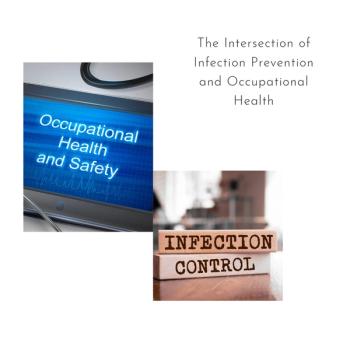
Midbrook Medical Develops New Ways to Clean Interior Lumen of Medical Devices
As more medical tools are manufactured to be reusable, it is becoming increasingly important to develop effective methods of reprocessing them. Simply following the manufacturers instructions may not be enough to clean cannulated instruments and other complicated or difficult to wash tools. Automated processes such as those provided by Midbrook Medical's Tempest washer are able to clean instruments more thoroughly and consistently, protecting both patients and staff from possible infection.
Â
Driven by efforts to become greener and the desire to decrease expenditures for new device purchases, more healthcare facilities are looking toward reusable rather than single use devices for their surgical procedures. At the same time, healthcare leaders are searching for ways to drive quality up, which will, in turn, drive costs down. These two focuses are not diametrically opposed.
Â
The primary danger from the use of reusable medical tools is the possibility of transmitting healthcare-acquired infections (HAIs). The bacteria remaining on inadequately cleaned instruments are one of the main ways these diseases are spread in a medical facility. Cleaning procedures used in hospitals are designed to ensure that all devices used are completely clean so they can be properly sterilized in order for them to be safe for use on patients. For many reusable tools, these cleaning procedures do an adequate job, and the results can easily be verified. For more complicated tools, however, this is often not the case.
Â
The trend toward reusable medical devices has led to the introduction of instruments that are claimed to be reusable, but are very difficult to clean sufficiently. For example, cannulated instruments that feature small diameter interior lumen can be extremely difficult to reprocess. To aid in this process, manufacturers provide a recommended cleaning procedure for staff to follow, usually involving scrubbing the lumen with a long, flexible brush. This creates several problems for the cleaning staff.
Â
First, the cleaning instructions often do not mention exactly what type of brush is to be used by the manufacturer to develop the process. Using a brush that is too soft or too coarse can drastically influence the result of the cleaning process. It is also impossible to know exactly how the manufacturer used the brushes. If you do not scrub the instruments in the same manner as the manufacturer, the results will not be the same. Finally, even with flexible brushes, it is extremely difficult to clean cannulated instruments that are not straight. Whether due to hidden insets, length of lumen or strange angles, entire areas are often left untouched by manual brushing due to device design limitations.
Â
To help improve the process of cleaning cannulated instruments, Midbrook Medical, the Jackson, Mich.-based manufacturer of medical decontamination equipment, can develop an automated washing system specifically designed for these problematic devices. For example, the Tempest utilizes digital ultrasonic action to clean the outside of cannulated instruments while also power flushing the interior lumen with enzymatic solution. This process achieves a cleanliness level that cannot be matched by manual brushing. Because the cleaning process is completely automated, the Tempest also ensures that the cleanliness level remains consistent from cycle to cycle. The process performed at the healthcare facility is the same process that was developed and extensively tested by Midbrook Medical to maximize effectiveness.
Â
As more medical tools are manufactured to be reusable, it is becoming increasingly important to develop effective methods of reprocessing them. Simply following the manufacturers instructions may not be enough to clean cannulated instruments and other complicated or difficult to wash tools. Automated processes such as those provided by Midbrook Medical are able to clean instruments more thoroughly and consistently, protecting both patients and staff from possible infection.
Â
For more information, visit
 Â
Â
Newsletter
Stay prepared and protected with Infection Control Today's newsletter, delivering essential updates, best practices, and expert insights for infection preventionists.






